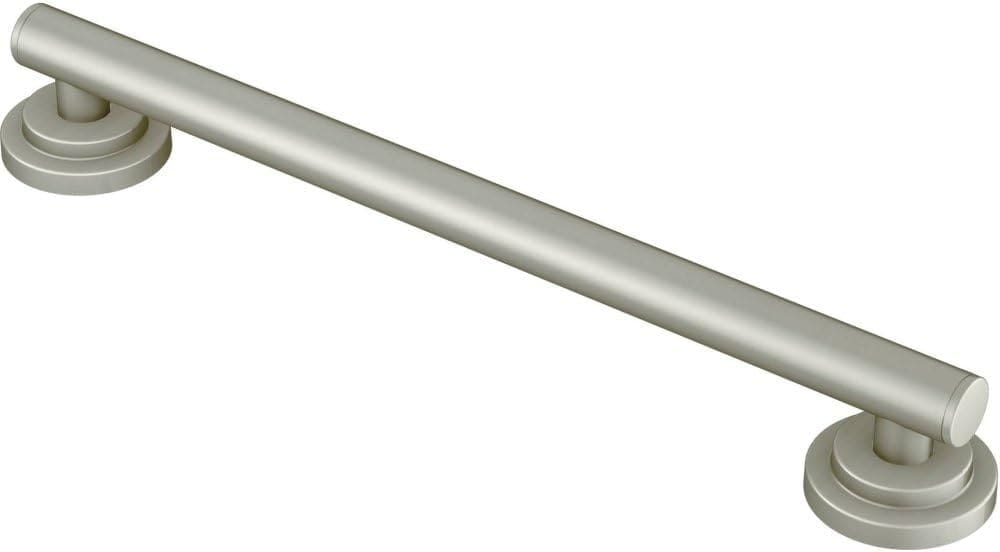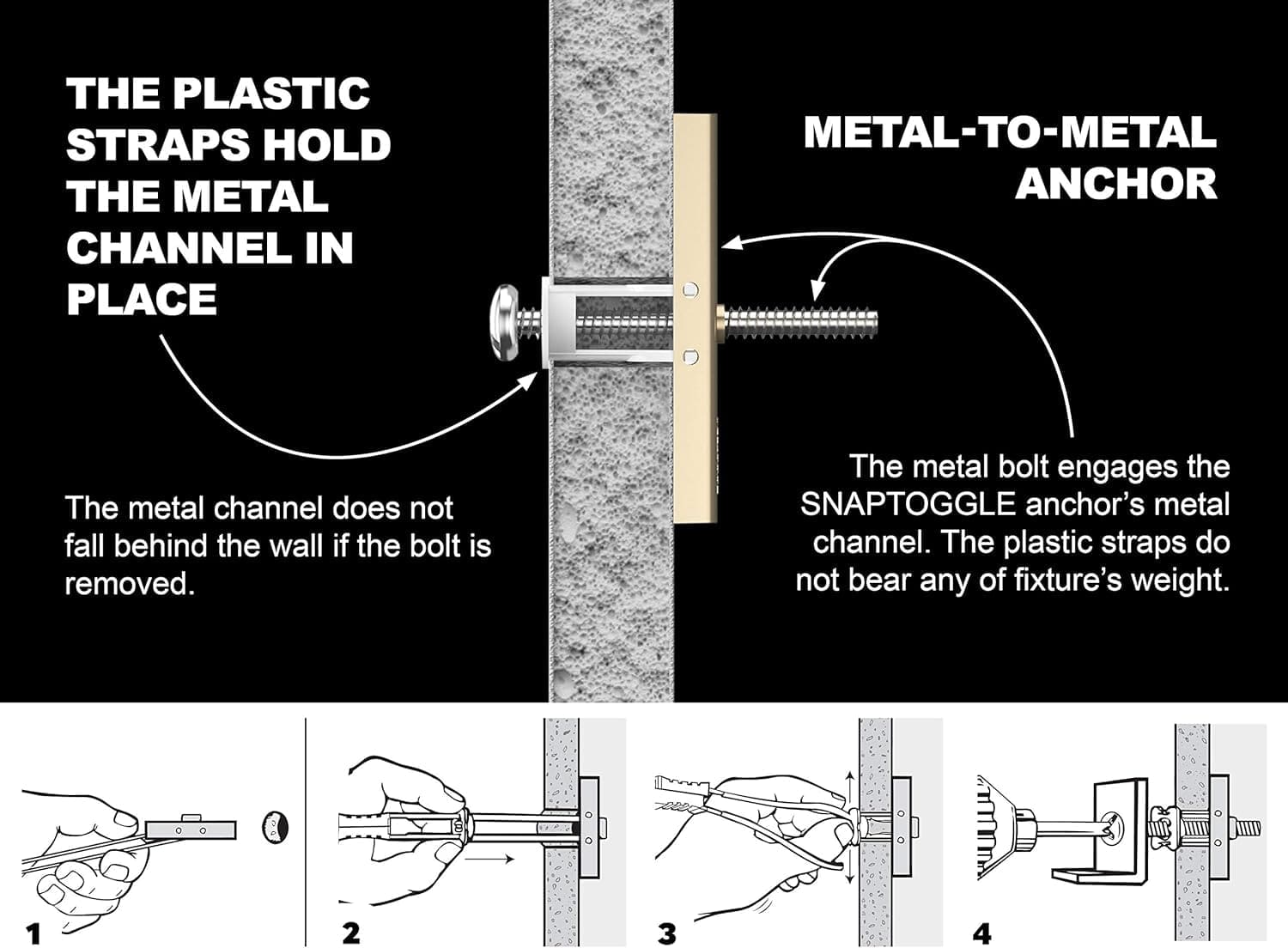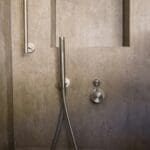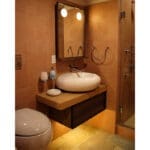Grab Bar Installation Guide: Do Grab Bars Require Blocking?
Author: Thomas Borcherding | Updated On:
We may earn a portion of sales through Amazon links
Do Grab Bars Require Blocking?
Grab bars are becoming increasingly sought after, especially in bathrooms where wet conditions create slip hazards. Grab bars are known for creating resale value, as they appeal heavily to older home-buyers and tenants. I am personally seeing more and more of my remodeling clients ask for grab bars.
Grab bars must be carefully installed in a home in order to support the weight of anyone who may need to reach out and support their weight with them.
Thankfully, building codes were carefully developed so as to guide us towards best practices that ensure proper installation and functionality.
Here’s What Building Code Says About Grab Bars
It’s important to check with your county’s code enforcement department in order to ascertain precisely what your local building codes are.
Construction regulation is a state right, with many states delegating the matter to cities and counties.
However, most states, cities and counties adopt standards set forth by the International Code Council. By looking at the ICC guidelines, we can see that:
Allowable stresses shall not be exceeded for materials used where a vertical or horizontal force of 250 pounds (1112 N) is applied at any point on the grab bar, fastener mounting device, or supporting structure.
International Code Council (ICC) A117.1 Standard for Accessible and Usable Buildings and Facilities, Section 609.8
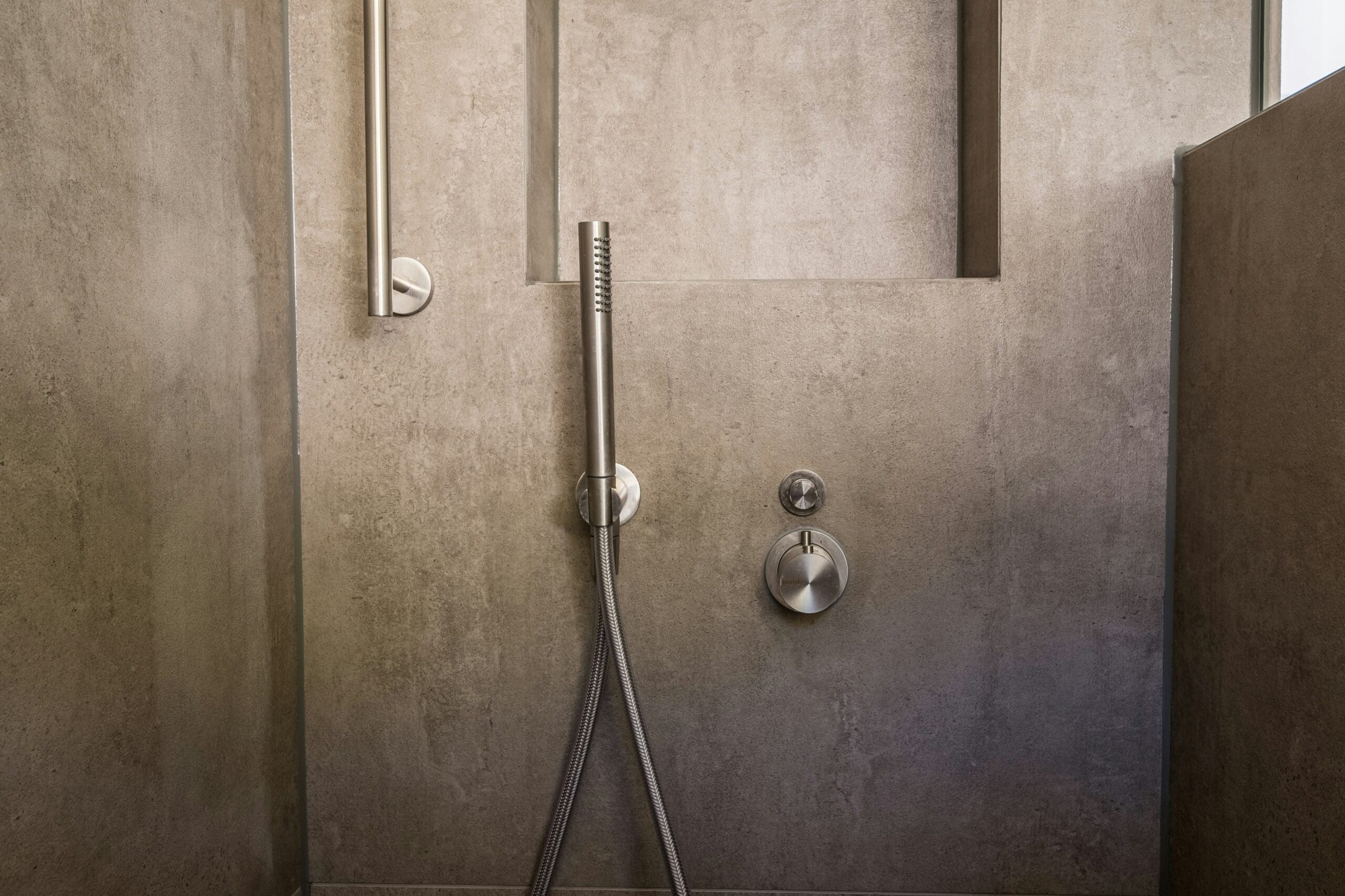
How Do You Interpret This Building Code?
Grab bars should be designed and installed to withstand a minimum force of 250 pounds (113 kg) applied at any point and in any direction.
ICC building code does not make any requirement for blocking, so long as the grab bar has been designed and installed to withstand 250 pounds of force applied to it in any direction.
Are Drywall Anchors Good Enough for Grab Bars?
Your local building code may forbid drywall anchors for grab bars, so it is a good idea to check with your county’s code enforcement department.
When analyzing drywall anchors, there are two ratings to pay attention to: shear, and tensile. Shear rating measures an anchor’s ability to withstand force from a 90 degree angle, whereas tensile rating measures an anchor’s ability to be pulled straight out.
Shear rating is the more important rating to pay attention to, as it will indicate the anchor’s bottom limit. Tensile strength is often used for marketing, as it paints the anchor in a better light.
There are no drywall anchors that will realistically provide the structural integrity required for grab bars in drywall due to the inherent load-carrying capacity of the drywall itself. While you may find drywall anchors that claim to reach the 250 pounds of force requirement, industry safety standards recommend recognizing only 1/4 of the actual load tests for real world applications, with no anchors coming close to this figure.
Are Anchors Good Enough for Grab Bars in Cement Board?
Data regarding anchors in cement board is virtually non-existent, which makes giving a definite answer hard. However, professional consensus from tilers and carpenters is that a high-quality anchor in cement board will work (and pass building code, but this depends on your inspector).
I have found that the most reliable anchor comes in the form of a toggle bolt, specifically Snaptoggle from Toggler.
The Ideal Grab Bar Installation Uses Blocking
Ideally, your grab bar installation will make use of either a stud or blocking. This is the most structurally secure method of grab bar installation. Anchors will fall significantly short in terms of durability, with load-capacity reducing with use.
Blocking takes the form of a 2×4 or even a header spanning from stud to stud. Blocking must be installed with the rough framing of the wall exposed. This could entail opening up the wall, potentially resulting in drywall work.
It’s Getting Late, Let’s Conclude
The best way to secure grab bars to a wall is by attaching it to a stud or blocking. There is no drywall anchor that will offer enough structural integrity to a grab bar fastened to drywall. Using an anchor alongside cement board is not ideal, but professional consensus is that it is a better option than drywall.
As always, please make sure to work with your local building inspector in order to ensure your project is safe and up to code!
About the Author

Thomas Borcherding is a professional kitchen & bath designer, and a member of the National Kitchen & Bath Association (NKBA). He is the second-generation owner of Homestar Design Remodel, and takes great joy in providing those in St. Louis with high-quality, affordable home remodeling.

